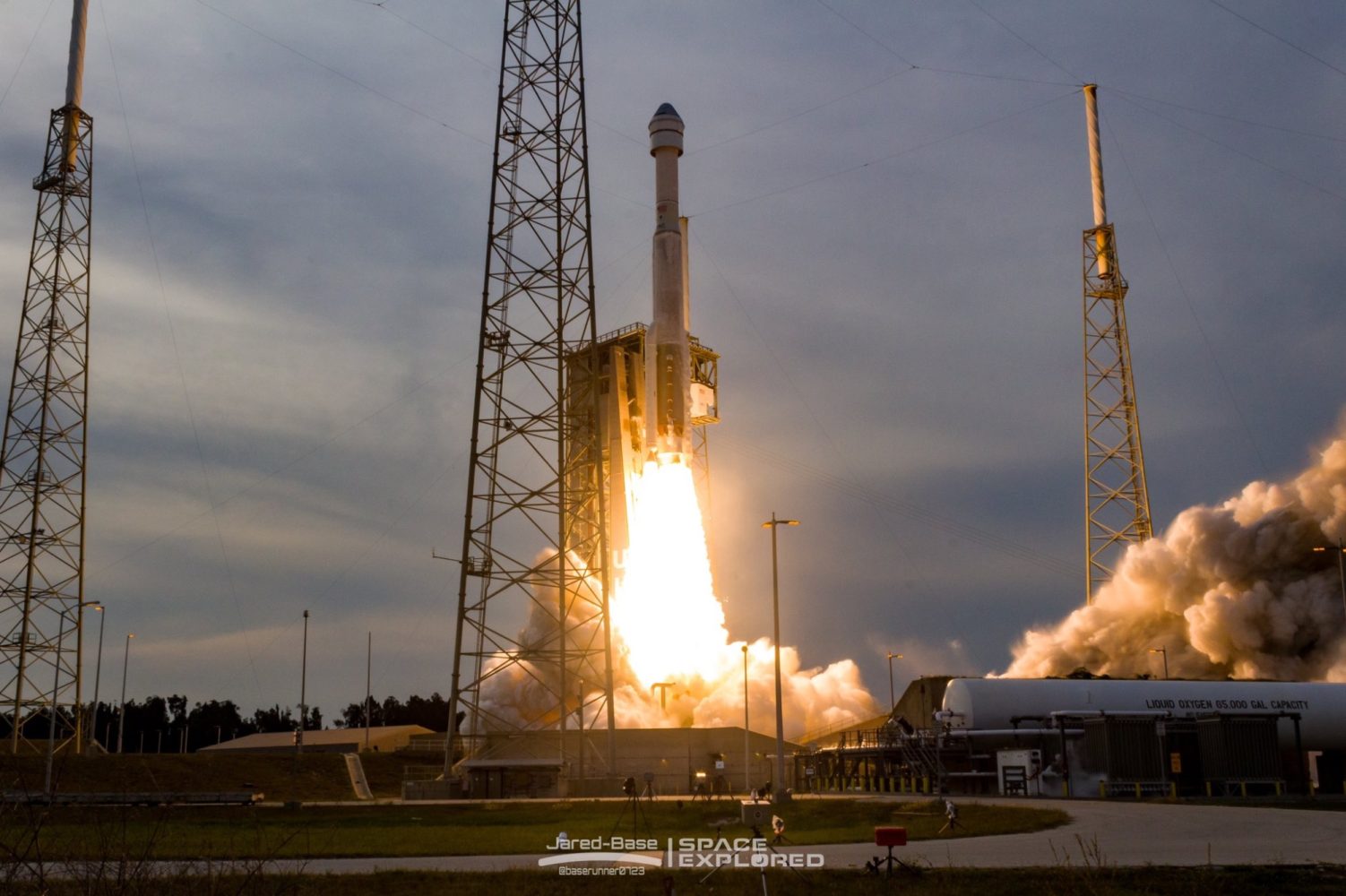
Boeing and its launch partner ULA successfully sent the uncrewed Starliner space to Earth orbit today. The mission, called OFT-2 (orbital flight test two), has already surpassed the status of Starliner during OFT-1 in 2019. Next up are several key events, including docking to the International Space Station and the return flight back to Earth. Here’s what you need to know:
OFT-2 status update
OFT-2 kicked off on Thursday, May 19, at 6:54 p.m. EDT when United Launch Alliance’s Atlas V rocket lifted off from Space Launch Complex-41 at Cape Canaveral Space Force Station.
“I am so proud of the NASA, Boeing and United Launch Alliance teams who have worked so hard to see Starliner on its way to the International Space Station,” said NASA Administrator Bill Nelson. “Through adversity, our teams have continued to innovate for the benefit of our nation and all of humanity. I look forward to a successful end-to-end test of the Starliner spacecraft, which will help enable missions with astronauts aboard.”
With a callout from mission control that Starliner’s MET timer was functioning as intended, the spacecraft completed its insertion burn in the correct orbit to lead it to the ISS. OFT-1 in 2019 successfully launched, but issues with the spacecraft caused it to be on the wrong trajectory to the space station, resulting in its early return home.
Starliner events
Next up are three dates and times to note while following Boeing’s mission status:
- Starliner docks to ISS on Friday, May 20, around 7:10 p.m. EDT
- Crew on ISS will open Starliner’s hatch on Saturday, May 21, around 11:45 a.m. EDT
- Starliner will undock and return home on Wednesday, May 25, based on the current schedule
Mission objective
The mission is primarily intended to certify Boeing’s Starliner spacecraft as a step before Crew Flight Test 1, or CFT-1, which will include astronauts onboard. Following both mission successes, Starliner will join SpaceX’s Crew Dragon spacecraft as part of NASA’s Commercial Crew Program.
This initiative allows the US to launch astronauts into space to reach the ISS. Prior to the Commercial Crew program and following the retirement of the Space Shuttle Program, NASA lacked a vehicle to accomplish this. Instead, the US relied on its ISS partner Russia to hitch rides to the space station.
“We are proud of our partnership role with Boeing in NASA’s Commercial Crew Program and want to thank our mission partners as this is truly a collective accomplishment,” said Tory Bruno, president and CEO of United Launch Alliance. “The successful launch today marks the first critical step toward the future of humans spaceflight onboard an Atlas V, and we look forward to the remainder of the mission and to safely flying astronauts in the future.”
In addition to Starliner’s primary goal, the spacecraft is also hauling 800 pounds of cargo from NASA and Boeing. The spacecraft will return with 600 pounds of cargo, including tanks, which allow astronauts to breathe, that will be refurbished before being used again.
Stay tuned for mission updates as well as mission launch photography from the Space Explored team.
Image credit: Jared Locke for Space Explored
FTC: We use income earning auto affiliate links. More.




Comments